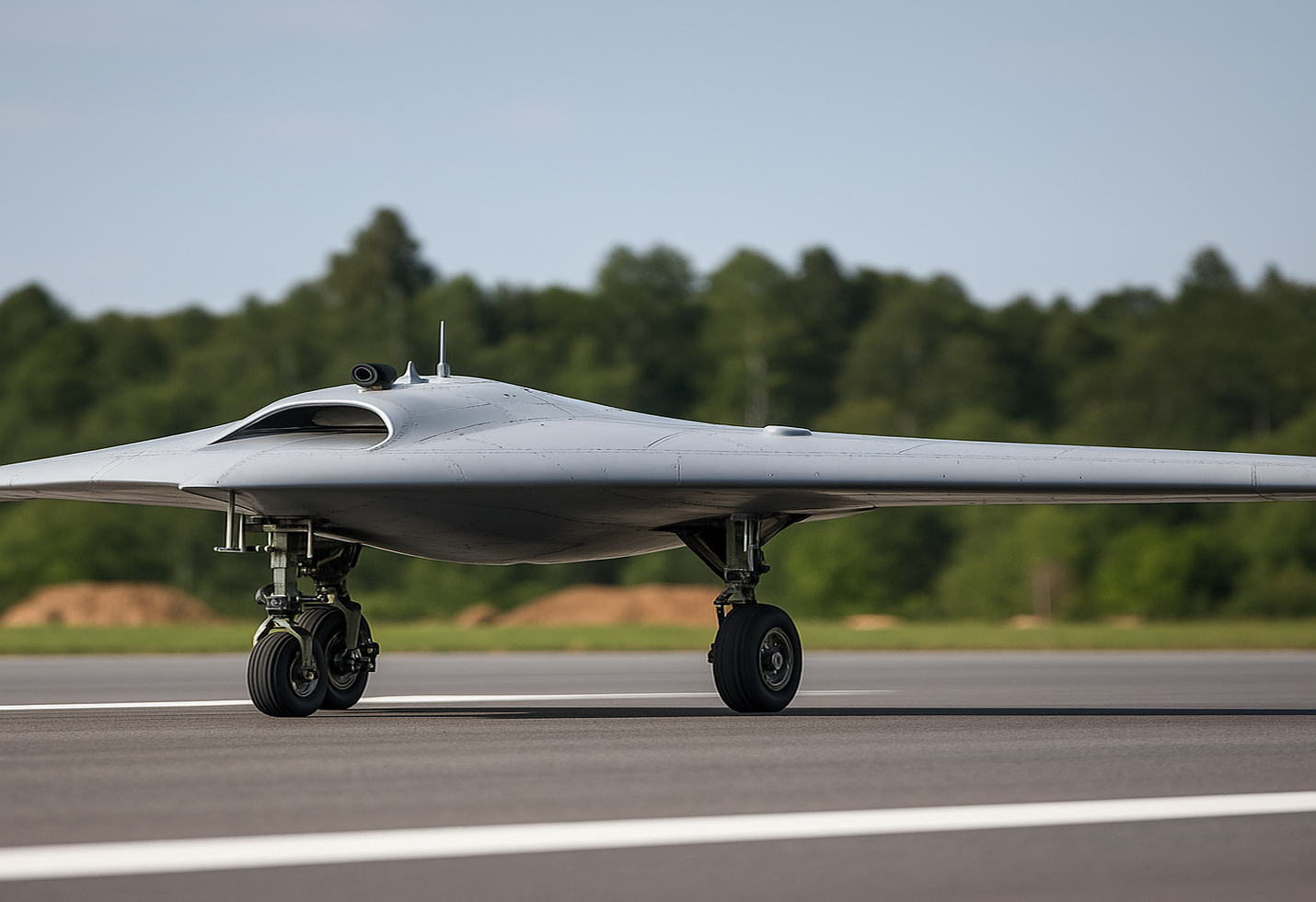Gabriel India Stock Rockets Nearly 80% in 13 Sessions: What’s Driving This Surge?
With a bold joint-venture push and strong quarterly performance, Gabriel India has become a standout in the auto-ancillary space—what lies ahead?
In a span of just 13 trading sessions since June 23, Gabriel India’s stock has surged nearly 79%, transforming it into a remarkable small-cap success story. What began as a steady climb accelerated in July, propelling the shares close to their year’s peak of ₹1,084. Such a short-term rally has both intrigued and energized investors, prompting a closer look at the forces behind this dramatic rise.
Strategic Expansion Through Joint Venture
A significant catalyst for this rally was Gabriel India’s board approval on July 9 for a ₹26.83 crore investment into Jinhap Automotive India Private Limited (JAIPL). Through this move, the company will hold a majority 51% stake in the newly formed venture, co-founded with South Korea’s Jinos Co., Ltd. The JV is focused on manufacturing automotive and industrial fasteners—an adjacent space to Gabriel’s well-established role in shock absorbers and suspension systems.
The partnership is designed to blend Gabriel’s manufacturing presence with Jinos’s technical expertise. Although the joint venture is slated for completion by October 2025, investors have already responded with strong enthusiasm. Investors interpreted this as a strong signal that Gabriel is actively diversifying its product portfolio—boosting confidence in its long-term potential .
Robust Financial Performance Reinforces Bullish Sentiment
Investors’ optimism isn’t just about strategic moves—it’s also grounded in solid financials. In its most recent quarter, Gabriel posted revenue of ₹1,073 crore, marking a year-on-year increase of nearly 17%. Even more impressive, net profit rose by 31.2% to ₹64 crore.
Equally noteworthy is the company’s near-zero debt position, which has bolstered its appeal. Gabriel stands out in the auto-ancillary sector as one of the few companies with an exceptionally lean and debt-free balance sheet, as noted by market observers.
This combination of growth and prudence has seen its trailing twelve-month price-to-earnings (P/E) multiple balloon to around 64×—well above industry norms of 25–30×—indicating that markets are pricing in strong future performance .
Technical Breakout and Momentum Trading
The rapid price ascent has broken through key technical resistance levels. Gabriel’s shares are now trading near ₹1,079–₹1,083—a level that aligns with their 52-week high . This breakout has triggered increased volume and momentum-based trading activity.
For the year-to-date, Gabriel India has delivered returns of over 120%, with more than 13% gained just in the previous week . Such returns are particularly notable when compared to broader indices, drawing further investor interest.
Key Drivers Powering the Jump
While technical trading has clearly amplified the rally, three primary factors appear to have lit the fuse:
1. The announcement of the ₹26.83 crore JV investment and impending majority stake in a new fastener business .
2. A healthy financial structure, emphasizing double-digit revenue and profit growth plus minimal debt .
3. Broad-based investor confidence and speculative interest often seen in small- to mid-cap stocks when favorable corporate news emerges.
Possible Risks and Cautionary Notes
Despite its recent surge, Gabriel India still carries certain risks. Its valuation demands strong growth going forward—anything less might trigger a steep re-rating. Moreover, integrating the new joint venture, establishing manufacturing plans, and achieving profitability will take time and depend heavily on execution, particularly in collaboration with a foreign partner.
In addition, small-cap stocks are known for their volatility. Even a slight negative macroeconomic shift or sector-level headwind could prompt a correction, trimming recent gains.
Strategic Context: More Than a Short-Term Move
This rally isn’t just about speculation or short-term momentum—Gabriel appears to be deliberately broadening its market presence and expanding its technological expertise. The fasteners JV complements its existing portfolio, while other ongoing structural efforts (like corporate reorganizations) hint at a long-term growth plan.
Given the projected demand in the automotive sector and increasing complexity of vehicle components, Gabriel is positioning itself to supply multiple product categories to original equipment manufacturers (OEMs) and aftermarket players.
Final Thoughts
Gabriel India’s impressive 79% rally within just 13 trading days signals a significant turning point in the company’s growth journey. Backed by a strong Q4 earnings report, a strategic JV with South Korea’s Jinos Co. for fastener production, and technically driven investor sentiment
:
The image added is for representation purposes only


